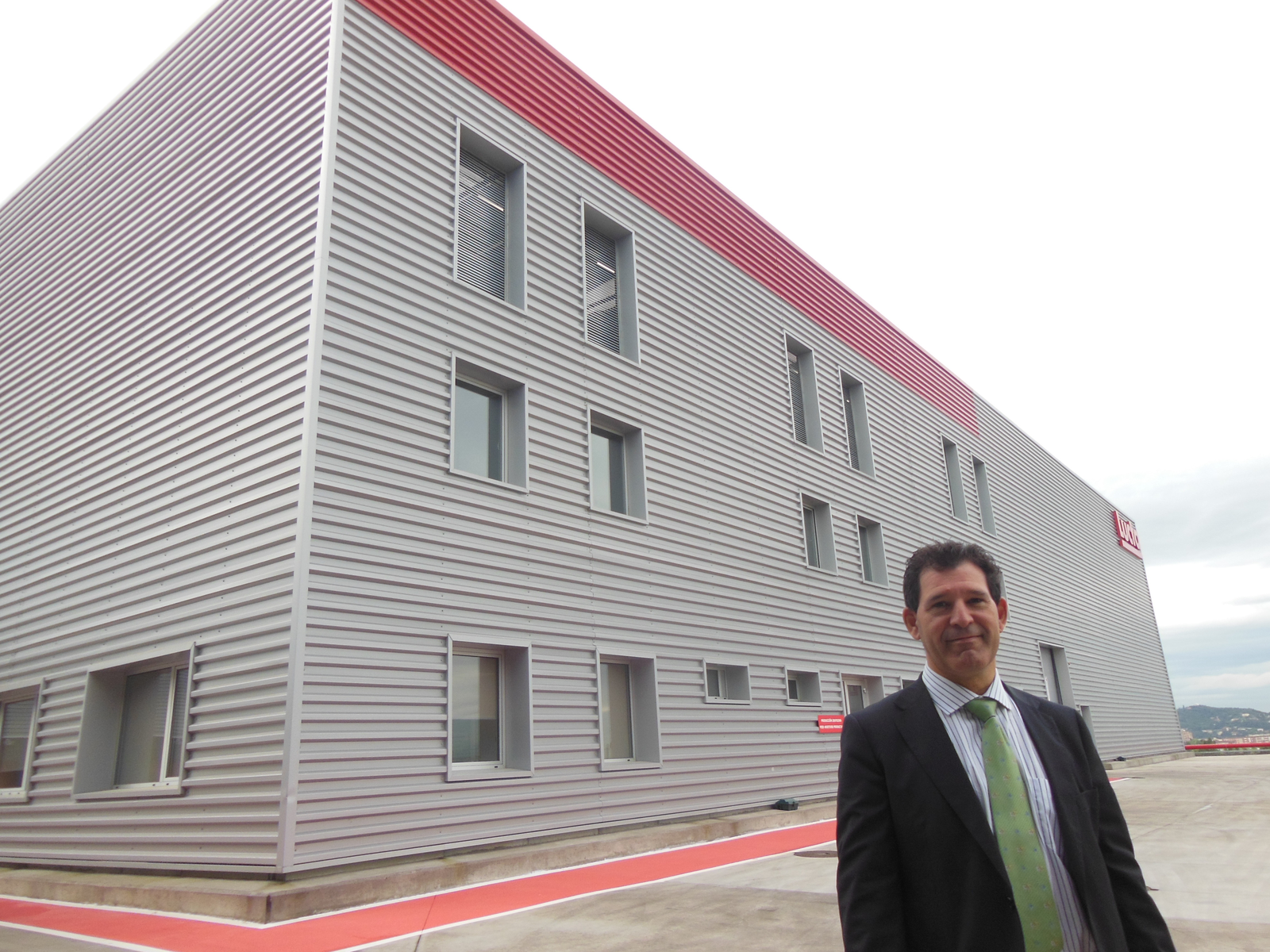From sensory science to nutritional solutions

To meet a growing demand, Spanish company Lucta opened a new feed flavours plant at the beginning of the year. The company also opened new laboratory facilities, which are located at the Autonomous University of Barcelona.
Lucta, headquartered in Montornès del Vallès (about 30 km from Barcelona) has been developing fragrances, flavours and additives for food and feed for more than 60 years. Launched in 1966, the Feed Additives Division represents around 35% of the turnover. The Spanish company has subsidiaries in Latin America, USA and China. In 2015, Lucta did a series of investments, among which a new feed flavours plant in Montornès del Vallès (€6 million) and new innovation labs in Barcelona (€3 million). In addition, the company has built 2 new plants in China (one for food, one for feed), acquired the FFS American company (specialised in food and fragrances) and enlarged the food flavours unit in Colombia (€2,5 million). “Our strategy aims to create a stable and sustainable development on 3 main continents: America, Europe and Asia”, explains Xavier Naval, Business Manager Europe of Lucta Feed Additives Division. On the American continent, the company has the largest turnover. However, the biggest growth for Lucta is seen in Asia. “Our advantage and strength is to be present simultaneously in the feed and the food market”, adds Hélder Rodrigues Pinto, the new Feed Additives Division Director of Lucta.
Creating the perfect feed mix
Flavours are an important part of the animal diet. In 2009, Lucta’s scientists discovered the umami taste receptors expression in the gastro intestinal tract of the pigs. This breakthrough opened up new research paths to use the taste buds to stimulate feed consumption. “We need up to 100 different ingredients to create a flavour”, explains Naval. The industrial facilities of Lucta’s headquarters allows to produce more than 200 aromatic ingredients obtained in various ways (by distillation or by chemical reaction).
The new plant, specialised in feed products and able to produce more than 500 finished products, consists of 3 production lines, each having its own mixer. In each of them, the aromatic concentrates are mixed with a carrier, a neutral material allowing to absorb the flavours. Also sweeteners or umami type flavour enhancers are being added to the mix. Once the mixture is ready and dried, it is stored in a stainless steel container (one lot by container) and then forwarded to the packaging unit. Here it is bagged in mainly 25 kg bags, but also larger bags are used. “Our clients are compound feed or premix producers and we often make custom-made mixtures”, says Naval. In the new plant, only powder products are produced. But in the Barcelona plant, Lucta also produces liquid flavour products. “Part of these liquid flavours are used as intermediary products (liquid aromatic concentrates) to produce powder products”, says Naval.
Lucta in figures
• 827 employees
• Turn over: 225 million euros (35 % in feed, the rest in food and fragrances)
• 3 divisions : Food flavours, Feed additives and Fragrances.
• Research and innovation laboratory (21 employees)
• Presence in 35 countries
• 8 companies
• 5 plants
• 10 sales offices
• 28 distributors
Metabolic processes
The Spanish company also opened new laboratory facilities, which are located in the Research Campus of the Autonomous University of Barcelona. The site consists of 5 laboratories for all Lucta’s divisions. “Before, each division (food, feed, and fragrances) had its own lab. Centralising all these labs on one location helps us to manage long term projects more efficiently”, explains Josep Sola, Director of Lucta Innovation Division. The analytical laboratory receives samples from experimental farms. These samples are analysed in further detail to look for markers or specific genes acting in metabolic processes. “Our research aims to get a better understanding of the digestive mechanisms of action and the links between intestinal health and sensorial additives”, explains Sola. The company also works closely together with other universities in Spain and Germany. “We are working on products of the future. In algae for example we try to concentrate their flavours and analyse their components by chromatography”, says Sola.
Future flavours
Xavier Naval further explains that feed producers often sell feed, which includes very complex mixtures of additives. “This in turn can lead to a negative impact on the final feed palatability. We see these palatability problems more often these days. Our job is to create, test and sell flavours which solve these issues”, says Naval. To ensure that the regulation regarding these feed flavours is done correctly, Lucta belongs and leads the Feed Flavouring Authorisation Consortium (FFAC) of FEFANA (EU Association of Specialty Feed Ingredients and their Mixtures). The participation to the Consortium helps Lucta to have key information about the characterisation and the safety of the substances, and on the other hand allows the company to anticipate and to act on the future authorisations. Flavours are a relevant issue of this Consortium, with more than 850 flavours being in the process of re-authorisation by the FFAC. “EFSA’s target is to bring more transparency and information on flavours used in animal feed, but hopefully this current regulatory process will not kill the market”, according to Naval. Lucta’s scientists have recently published many scientific articles on feed ingestion and palatability, and the company says it will intensify its research activities on the functional use of flavours.
This article taken from the latest issue of All About Feed, to read more articles like this log in or register for free here.











